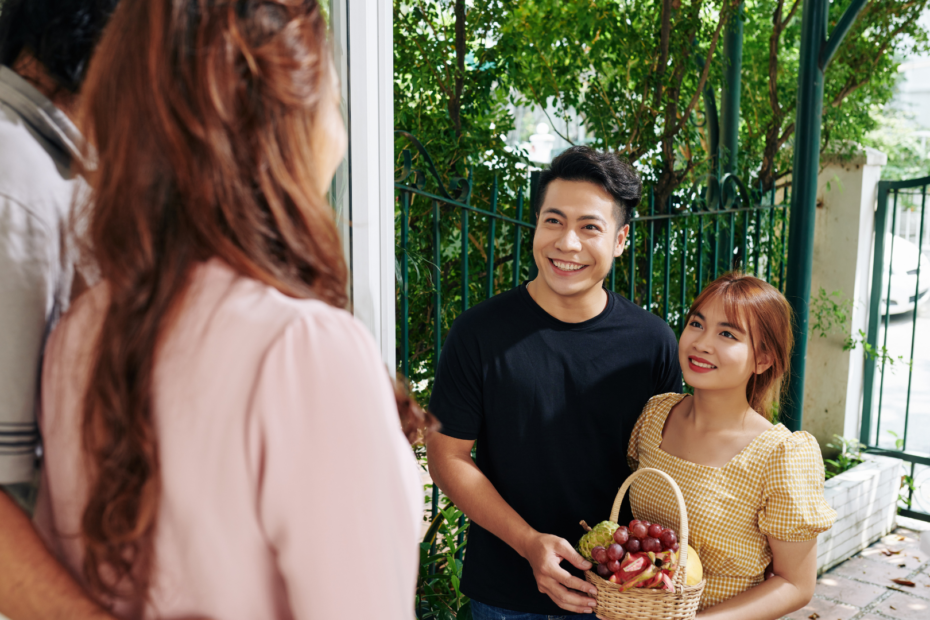When picturing your ideal residence, what visuals occupy your thoughts? A lavish kitchen, a snug den, perhaps an enchanting backyard? While these components make the list, there’s a hidden gem that’s sometimes missed – the essence of community. Master-planned developments are curated with this bonding spirit at their core, positioning them not just as mere housing locales but pulsating centers of human rapport. This article will shed light on the community-centered charm of master-planned communities and their instrumental role in weaving tight-knit neighborhoods.
A Closer Look: Unpacking Master-Planned Communities
Before navigating the intricate social tapestry, it’s vital to decode the concept of master-planned communities. These are expertly orchestrated living zones, such as East Gate from McKee Builders and others like it, where every nuance, from street alignment to green spaces, is thought through with precision. The mission? To birth an integrated living ambiance that uplifts its inhabitants’ life experiences.
Though varied in design and scale, master-planned communities commonly boast amenities such as parks, academic institutions, retail hubs, and recreational zones, all placed for easy accessibility. This calculated blueprint not only makes daily life more effortless but stirs communal bonding, catalyzing frequent social encounters.
Your Community, Your Tribe: The Sense of Belonging
What sets master-planned communities apart is the profound sense of belonging they bestow upon their residents. Here’s a glimpse into how they achieve this feat:
- Well-Defined Identity
Master-planned communities often have a unique identity or theme similar to those found in these New Housing Communities in Cincinnati. Whether it’s a focus on sustainability, a passion for outdoor living, or a connection to local history, these shared values foster a sense of community and belonging among residents.
- Shared Amenities
Imagine the convenience of having a beautifully designed clubhouse, a state-of-the-art fitness center, and a swimming pool right at your doorstep. The presence of a swimming pool, in particular, adds a touch of luxury and aesthetics to the community, making it a picturesque locale for relaxation and socialization. For the construction and maintenance of such high-quality pools, community developers usually take the help of professional pool contractors. Professionals like the Chattanooga pool builders Pinnacle Pools & Spas or a similar firm tend to specialize in crafting pools that are not just functional but are also visually appealing, contributing to the overall beauty and appeal of the community. Engaging in activities like swimming in the communal pool or participating in events at the clubhouse encourages neighbours to interact, creating a friendly and cohesive environment. This can not only provide practical benefits but also foster a sense of community among residents.
- Events and Activities
Master-planned communities often host a variety of events and activities, from yoga classes in the park to neighborhood picnics. These gatherings provide opportunities for residents to meet, socialize, and form meaningful connections. It’s like having a built-in social calendar!
Growing Up Together: Family-Friendly Environments
Master-planned communities are a haven for families. Here’s why they’re ideal for parents and kids alike:
- Safe Play Areas
Most master-planned communities prioritize creating safe and well-maintained play areas for children. From playgrounds to sports fields, these spaces offer a secure environment for kids to explore and play freely.
- Top-Notch Schools
Many master-planned communities, like those built by Garman Builders (or similar reputed groups), have their own schools or are located near excellent educational institutions. This not only reduces the stress of long commutes but also helps parents connect with other families through school-related activities.
- Parental Support Networks
Raising children can be challenging, but master-planned communities make it easier by fostering parental support networks. Playdates, carpooling, and shared parenting advice are just a few of the ways parents can lean on one another for support and friendship.
A Tapestry of Cultures: Diversity and Inclusion
One of the most beautiful aspects of master-planned communities is their inclusivity. Here’s how they celebrate diversity:
- Multi-Generational
Master-planned developments are a magnet for a diverse populace, ranging from budding families to those savoring their golden years. This mix paints a vibrant social canvas, fostering an environment where residents can enrich each other with their unique life tales and viewpoints.
- Cultural Events
These communities are often abuzz with cultural fiestas and events, shining a spotlight on the myriad heritages of its denizens. Such communal rendezvous offer a stage for inhabitants to flaunt their ancestral customs and traditions, paving the way for mutual appreciation and camaraderie.
- Embracing All
At the heart of master-planned community blueprints lie the principles of accessibility and inclusiveness. Every nook and corner is designed with a vision to ensure that individuals, regardless of their physical capabilities, can be active participants in community engagements and revel in the facilities on offer.
Tips for Building Stronger Neighborhoods
Whether you live in a master-planned community or not, you can take inspiration from these tips to strengthen your own neighborhood:
- Get Involved
Participate in community events, join neighborhood associations, and volunteer for local causes. Your active involvement sets a positive example for others and helps build a sense of unity.
- Know Your Neighbors
Take the time to introduce yourself to your neighbors. Small gestures like saying hello or offering assistance can go a long way in fostering a friendly atmosphere.
- Create Shared Spaces
Consider creating shared spaces or initiatives within your neighborhood, such as a community garden or a book club. These activities provide opportunities for neighbors to come together and connect.
- Celebrate Diversity
Embrace the diversity within your neighborhood. Learn about different cultures, traditions, and perspectives, and celebrate them through events and gatherings.
Conclusion
By fostering a sense of belonging, providing shared amenities, and celebrating diversity, these communities build stronger neighborhoods that extend their positive influence beyond their borders.
